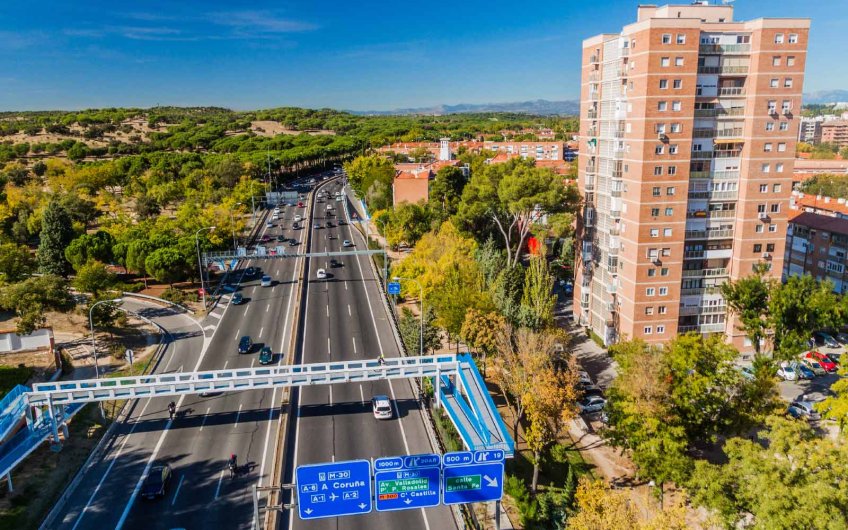
The vegetation on Spanish roads plays a valuable role. The presence of vegetation on roadsides helps to prevent environmental problems such as soil erosion, water pollution, uncontrolled dumping or air pollution.
Around the M-30 there is quite a lot of vegetation. However, not all stretches of the road have the same type. This is not random, it is due to very careful forest and agrarian planning. That is why, depending on the stretch of road you are on, you will come across two types of areas on the M-30:
Road safety laws require the effects of shade or falling leaves on the road to be reduced to a minimum. Many other factors must also be taken into account, such as environmental impact, lack of visibility and possible landslides. That’s why you will come across some vegetation-free areas.
Plantable areas also have different characteristics depending on the stretch of road, always in accordance with road safety conditions. As a result, there are two types of plantable areas along the roadsides and median strips of the entire M-30:
Planning which plants to use on urban and semi-urban roads such as the M-30 requires careful preparation, combining safety regulations with environmental benefits.
The M-30 has a wide range of landscapes, slopes and even climatic conditions along its route. But, as you can see, nothing is random. The trees and shrubs that are planted along the road have been carefully planned. This maximises road safety while taking care of the environment.
In other regions of Spain, for example, in the north, it rains more. This encourages hedges and species to be planted whose soil absorbs a lot of water, therefore preventing flooding. In addition, the trees have been planted at a certain distance from the road, to provide a space where snow can lie.
Emesa is responsible for the maintenance of the vegetation, paying special attention to the detection of irrigation and fertilisation needs, symptoms of diseases and pests, and affects on visibility. Its maintenance work includes mowing in non-plantable areas and pruning in plantable areas.